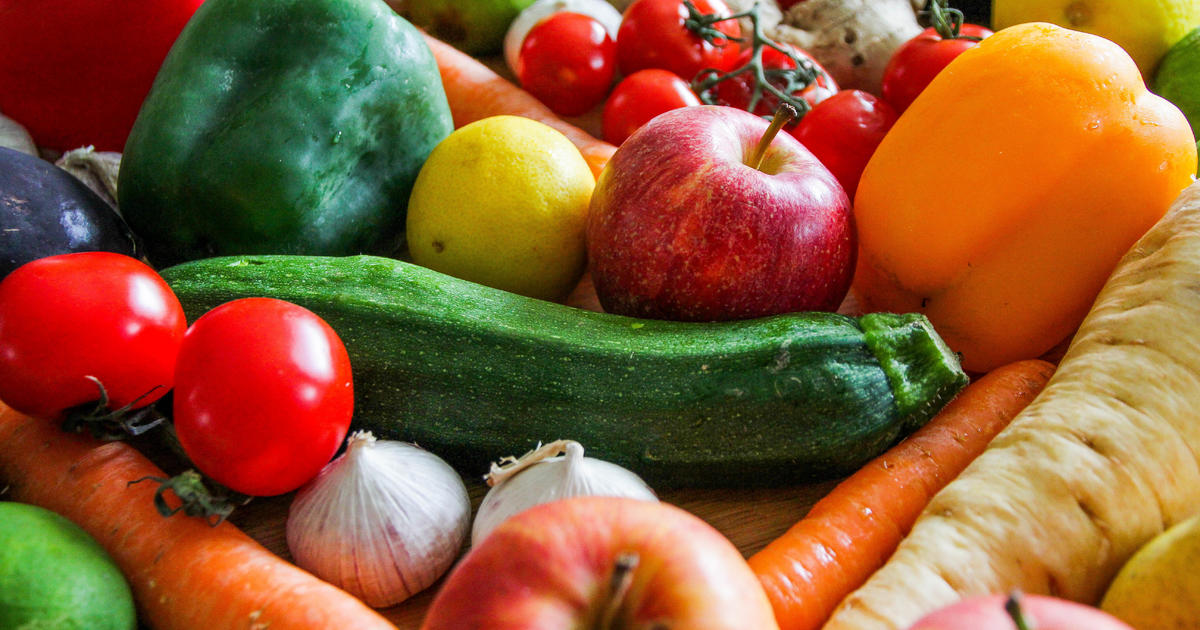An examination of 59 common fruits and vegetables found pesticides posed significant risks in 20% of them, from bell peppers, blueberries and green beans to potatoes and strawberries, according to findings published Thursday by the nonprofit consumer advocacy group.
In its most comprehensive review yet, CR said it analyzed seven years of data from the Department of Agriculture, which every year tests a selection of conventional and organic produce grown in or imported to the U.S. for pesticide residues.
“Our new results continue to raise red flags,” CR said in its report. In addition to finding unhealthy levels of chemicals used by farmers to control bugs, fungi and weeds, one food — green beans — had residues of a pesticide that hasn’t been allowed for use on vegetables in the U.S. for more than a decade.
This is the best summary I could come up with:
A healthy diet includes ample portions of fruits and vegetables, but not the unhealthy dose of pesticides found in about one in five of the produce examined by Consumer Reports.
An examination of 59 common fruits and vegetables found pesticides posed significant risks in 20% of them, from bell peppers, blueberries and green beans to potatoes and strawberries, according to findings published Thursday by the nonprofit consumer advocacy group.
In addition to finding unhealthy levels of chemicals used by farmers to control bugs, fungi and weeds, one food — green beans — had residues of a pesticide that hasn’t been allowed for use on vegetables in the U.S. for more than a decade.
The analysis found broccoli to be a safe bet, for instance, not because the vegetable did not contain pesticide residues but because higher-risk chemicals were at low levels and on only a few samples.
CR advises that shoppers limit exposure to harmful pesticides by using its analysis to help determine, for instance, when buying organic makes the most sense, given that it’s often a substantially more expensive option.
“The best choice is to eat organic for the very high-risk items,” Rogers told CBS MoneyWatch, citing blueberries as an example where paying more translates into less pesticides.
The original article contains 441 words, the summary contains 209 words. Saved 53%. I’m a bot and I’m open source!


